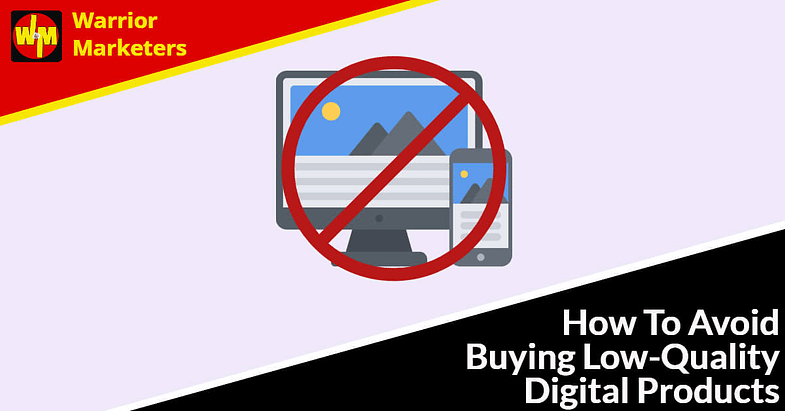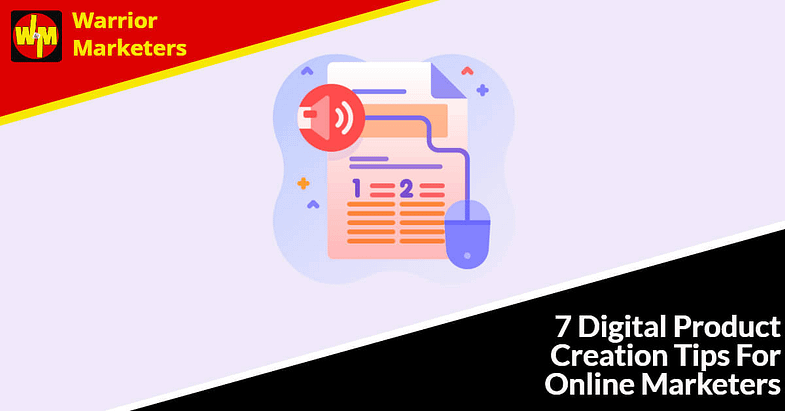The Top 2 Marketplaces To Sell Your Online Courses

If you’re an entrepreneur and into online marketing and planning to create a video-based digital marketing course, you’ll want to look at SkillShare. This is also a great place to start because they let you upload individual lessons rather than having to create a full-length course.
Lessons must be 10 minutes or longer, however most videos range from 15-25 minutes long, on average.
Students enroll in the courses that interest them, and you’re paid royalties each time someone watches your videos.
Best of all, there’s no approval process, so you can get started right away.
It’s one of the best places for those who are just starting out because there aren’t a lot of requirements and it’s really easy to put out a simple course just by uploading a single lesson.
Here’s the link:
http://www.SkillShare.com
Another course marketplace that I really like is Teachable.
Teachable provides you with the ability to fully brand your course, including creating and customizing a complete online school using their easy website building tool.
You can then incorporate your design into your main course page, lectures and even sales pages. When it comes to revenue share, Teachable works a bit differently from other programs by offering membership tiers that cost anywhere from $39-299 per month.
You are charged a 5-10% commission fee per sale unless you choose to upgrade to a paid membership plan but when just starting out I recommend testing out the free plan to get a feel for how things work, and then upgrading later.
You can find out more information here:
https://teachable.com/pricing/comparison
Now you have a platform to sell your course, you need to ensure that there is a market for it…
Validating Your Course Topic

“Validating” your market simply means taking steps to ensure that the market is there and that there are people likely to pay for a course on your chosen topic.
It’s clear to see why validating your market is so important, right, and this is important for any business venture, including internet marketing?
You don’t want to spend a lot of time working on a course that no one is willing to pay for.
Here’s how to validate your topic:
Create a list of 4-5 question-based phrases you feel a prospective student might use when searching for help on the problem you’re considering covering in your course.
Then, run a test by entering these questions into places like:
Google.com
Why not start with the major search engine? You’ll be able to quickly spot the number of blog posts that address these questions as well as uncover social media accounts, and websites that cover this topic.
Pay attention to all of the following:
Are there any actual courses already available?
Try adding “course,” “lessons,” and “training” to your search terms in order to come up with relevant results.
Are there relevant ads on the page?
If so, chances are it’s a profitable niche market and one worth taking a closer look at.
Do videos appear on the first page?
If you’re finding lots of links to YouTube videos after running your search, it’s a good sign that the topic is in-demand.
Amazon.com
Run your searches through Amazon and pay attention to the number of books available on the topic.
Take things a step further by reading reviews left by customers, as well as the overall ranking of the top 50 books.
Udemy.com
Udemy is one of the leading marketplaces online when it comes to selling courses, but it’s also a goldmine of information when researching niche markets and possible digital products.
In fact, Udemy is one of the easiest ways to not only evaluate the profitability of any course topic you’re interested in, but you’ll be able to instantly come up with a complete outline in a matter of minutes.
Quora.com
Question and answer websites like Quora make it easy to conduct niche research and get a feel for what your market is most interested in. Browse for trending questions and open discussions, paying close attention to the thought leaders who commonly provide answers.
Following those influencers can be a great way to come up with ideas for courses based on hot topics they cover on their websites and blogs, as well as their social media profiles.
I hope this has helped you come up with a few ways to validate your topic.
Next, let’s look at a powerful way to deliver your course…
Live Sessions = Profits

Have you ever seen a live session in action?
One of the most powerful ways to deliver your course related content is with live session training.
This lets you schedule meetings with all of your students which obviously will increase engagement and get people excited about your information.
Live sessions have huge impact on the overall value of your course and can really help you stand out in competitive markets.
The more you engage your audience – the more popular your course will be.
Make sense?
People love getting hands on training, especially when it’s in real time because they know the information begin given is current and up to date.
Here’s a great marketplaces where you can create a course designed around live sessions:
WizIQ: https://www.wiziq.com/
WizIQ has been around for more than 10 years and continues to thrive as a centralized community for live classes and popular courses.
WizIQ supports all file formats, so you can create a course that offers a variety of content ranging from video to audio, as well as include quizzes, surveys and tests that serve as auxiliary components.
Finally, let’s look at some ways to ensure your course is profitable from the very beginning…
Course Profit Strategies

I’ll leave you with a few last-minute tips and strategies to help you launch your course and maximize your income.
Just creating a random course and expecting the profits to come rolling in is rather naïve and is rarely going to happen, so you need to think strategically.
These 3 or 4 tips can really make a difference to the profitability of your online courses so please consider them carefully.
1: Consider Your Content Formats Carefully
The four main content formats you typically see in online courses include: video, audio, text and digital downloads (like PDF’s, workbooks, spreadsheets, etc.)
Usually, the preferred format is video, and there’s good reason for it: It’s multi-sensory. Your students can both see and hear the instruction which means it’s far more engaging and entertaining.
For that reason, you should always include at least a few video based modules in your course.
2: Give Your Course A Sexy Title
Successful courses always have a targeted, clear title that appeals to the majority of their market.
If you’re creating a course on how to build a profitable blog, a title like “6-Figure Blogging” would likely attract the right audience.
It tells your prospect what the course is about and gets them excited about the possibility of earning 6-figures a year.
3: Price Your Course Strategically
Don’t stick a price tag on your course without doing research. You want to make sure that you’re focusing on goal-oriented pricing.
What that means is that you’re assigning a value to your course based on the results your students can expect, rather than the time it took you to create the course.
You want to set a reasonable price without under valuing your content.
You also need to keep your personal goals in mind, such as:
- The number of people you are trying to reach. Obviously a lower price point will drive in a higher number of learners.
- Your income objectives. A higher price point will generate more money even with a lower enrolment.
And finally,
4: Use Your Course As A Springboard To Greater Profits
A course is a natural steppingstone to upsell from so keep this in mind when creating and pricing your course.
It’s a great way to introduce your brand to a new audience, and to build credibility in your market.
A course lets your leads get to know you!
I’ll leave you with a course checklist that will help you create a profitable course that will stand out to your audience.
Step 1: Validate your topic idea
Make sure you’ve researched your market in order to verify overall demand and give your course the best chance at success.
Step 2: Create your Course Outline
Building a course from scratch can take time but if you work with an outline you’ll have a strong foundation for your training product. It will also help ensure you stay focused while covering the most important steps needed for your students to be successful.
Step 3: Create your Course Content
Try to provide a variety of formats, and always include at least one video module in your training program.
Step 4: Give your course a sexy title
Come up with a powerful, attention-grabbing title that will stand out in the market while giving students a clear idea as to what your course is about.
Step 5: Launch your course!
Chances are you’ll sell access without doing any off-site marketing of your own, but if you really want to maximize your income you should do your best to connect with your audience and make them aware of your training program.
Spread your marketing message via social media, create a Facebook group only for students, create a lead page that offers a free incentive for those who subscribe to your list and always be on the lookout for new ways to increase visibility.
If you want to know more about creating a profitable online course, check out the featured resource below for a free report; download, read it and take action 😊






















